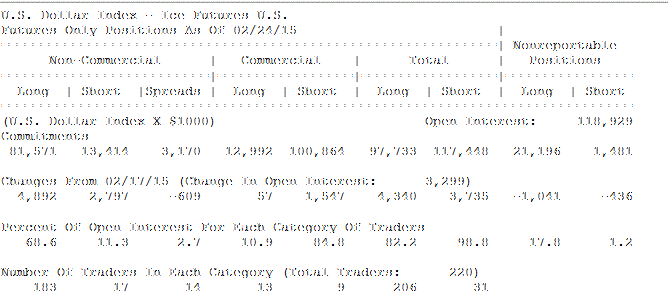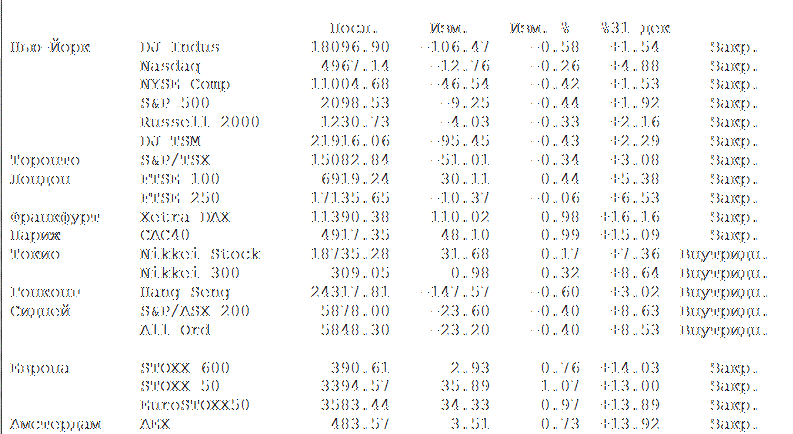Investors Favor Passive ETFs MFs As Active Underperforms
Post on: 9 Апрель, 2015 No Comment

Thanks to weak results clocked by actively managed funds, domestic equity purchases have favored ETFs and indexed mutual funds, Goldman Sachs research points out.
Analyzing 684 mutual funds with $1.7 trillion of asset under management, Amanda Sneider and team at Goldman Sachs in their research report dated May 20, 2014 point out both equity and bond funds witnessed net inflows.
Active vs passive
The Goldman Sachs analysts point out that domestic equity fund purchases have favored ETFs and indexed mutual funds over actively managed funds. They note actively managed domestic equity funds reported $1 billion of outflows during the first quarter against $20 billion of inflows witnessed in index funds and $1 billion in ETFs. This trend has been captured in the following graph:
As highlighted in the following graph, the analysts point out investors still favor international equity funds ($62 billion), despite domestic equity funds witnessing positive inflows ($14 billion):
The analysts also point out that both equity funds and bond funds witnessed net inflows year to date. This is set forth in the following graph:
Size and style analysis
Turning their focus towards various sizes and styles, the Goldman Sachs analysts point out that 32% of large cap core funds outperformed the S&P 500, below the ten-year average of 36%. The following graph highlights the trend:
Analyzing 188 mutual funds comprising $644 billion AUM in large-cap growth category, the analysts highlight that 8% of funds outperformed the Russell 1000 Growth YTD, which is below the eight-year average of 40%. The analysts also note Information Technology stock selection appears to be a major contributor to fund underperformance:

The following table captures mutual fund performance across various sizes and styles:
Overweight on consumer discretionary
The Goldman Sachs analysts point out that all the four size and style combinations that they track are overweight the Consumer Discretionary sector while underweight the Utilities and Telecom. For instance, the following table depicts sector weightings of large-cap value mutual funds:
The following tables highlight stock over/under-weights relative to benchmark across various sizes and styles:














